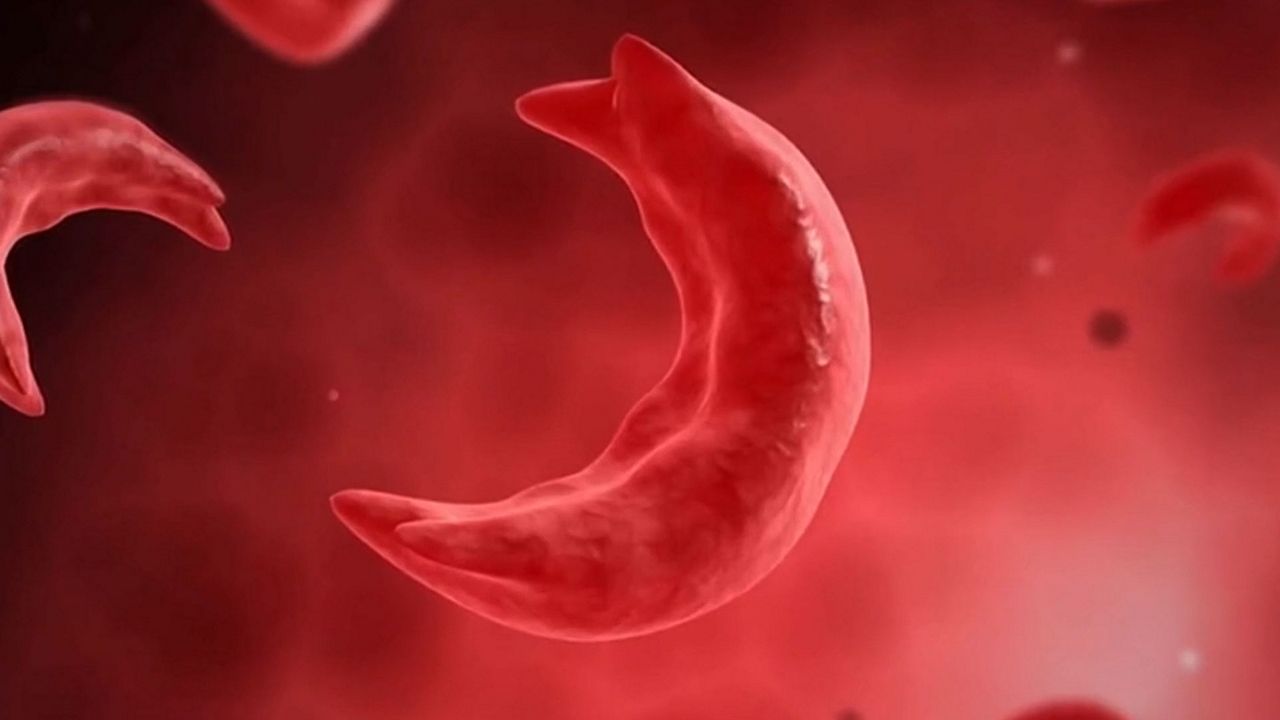DAYTON, Ohio — Dayton Children's Hospital, in partnership with Nationwide Children's Hospital, said two new curative treatments are being offered to sickle cell patients.
The lifelong genetic disease affects red blood cells, causing them to the "sickled" in shape like a crescent moon, and not round, which is the normal shape. The cells then become stuck in small blood vessels, causing people to experience anemia, as well as increase their chances for strokes, organ damage, infections and more.
Dayton Children's said the new treatments available include gene therapy and bone marrow transplant. The hospital system those through the cellular therapy program are eligible for the treatment.
“Sickle cell disease has long been known as a chronic, debilitating illness that affects thousands of children and adults,” said Dr. Mukund Dole, pediatric hematologist and oncologist at Dayton Children’s in a press release. “I am humbled to be able to offer these curative treatment options to our sickle cell patients and give them the opportunity to live a life free of pain from sickle cell disease.”
Dayton Children's said the cellular therapy program is a two-campus approach which allows Dayton-area families to stay close to home during most of their care, while they also receive transplant care from Nationwide Children's.
In December, the U.S. Food and Drug Administration approved two different gene therapy treatments called Casgevy and Lyfgenia for sickle cell disease for those 12 years and older. The treatments, according to the FDA, uses the patient's own blood stem cells, which them get modified. After that, the cells are given back to the patient as a one-time, single-dose infusion.
Before the treatment, the patient's stem cells are collected, and then the patient undergoes high-dose chemotherapy which removes cells from the blood cells to be replaced by the modified cells.
For the other treatment of undergoing a bone marrow transplant, it involves removing the abnormal stem cells in the bone marrow and then replace them with healthy ones from a donor. Once the transplant is completed, the patient will stay in the hospital for several weeks for recovery and observation, as well as to receive medication the would prevent the rejection of new stem cells.



